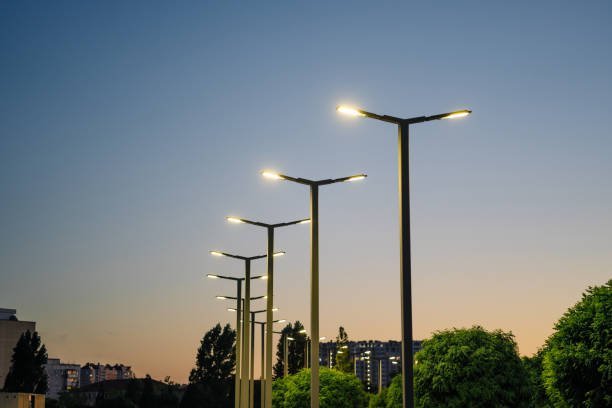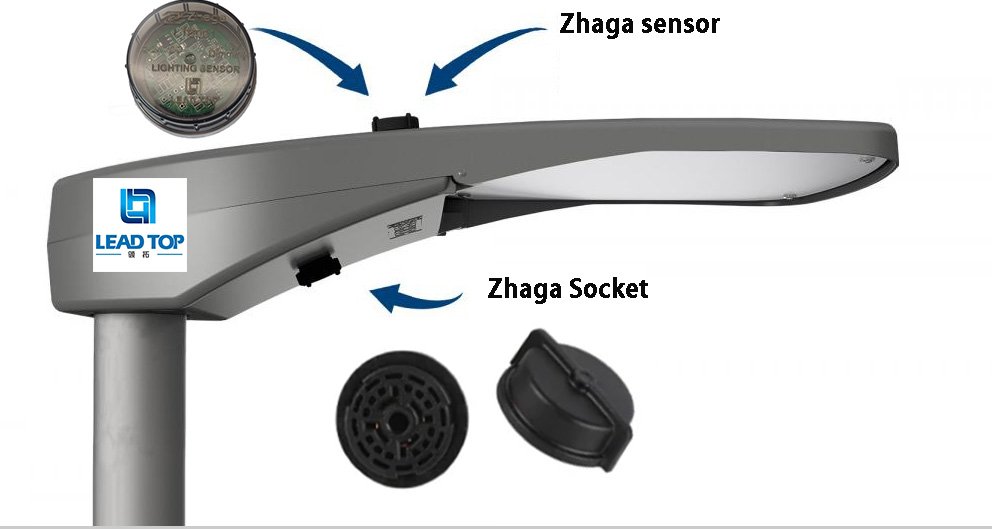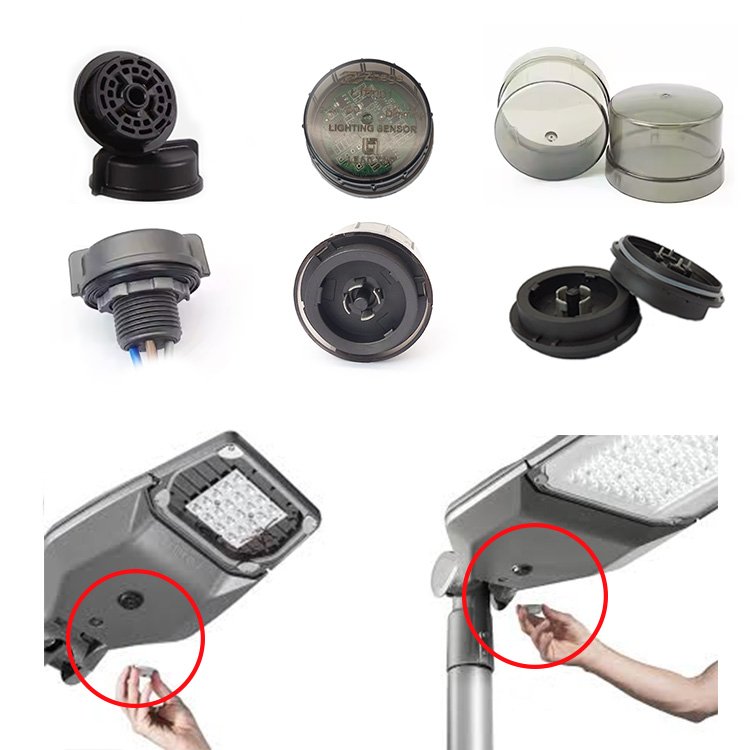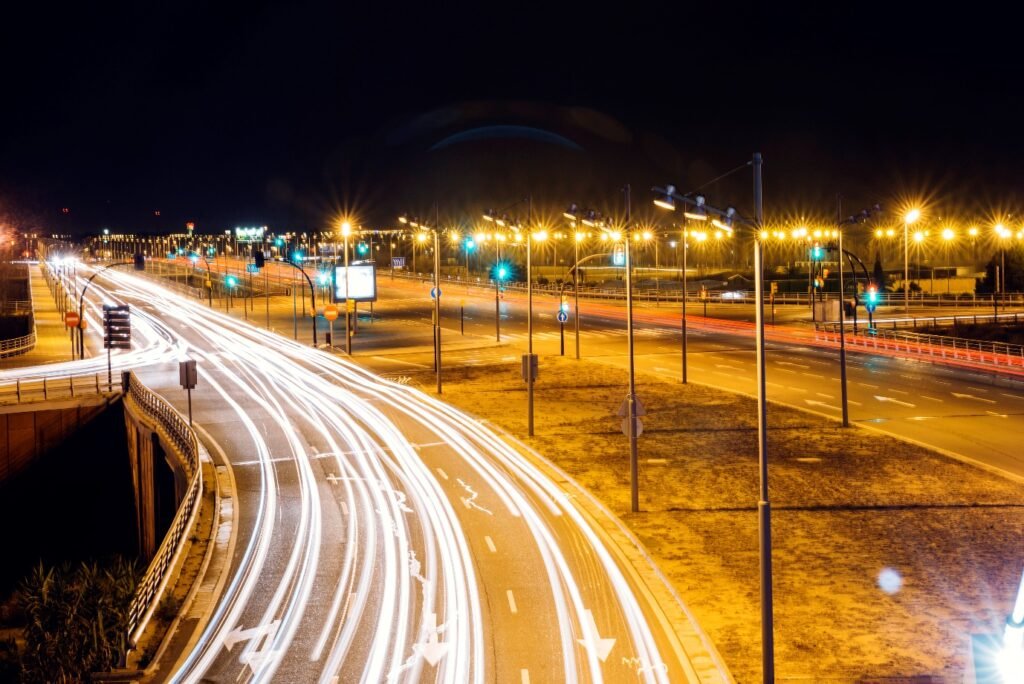Outdoor lighting has evolved far from traditional switch-based systems. Today, photocell sensors are broadly used to automate lighting, providing cost efficiency, identifying surrounding light levels and automatically turn lights on and off at dusk and dawn. But their performance can vary because daylight hours and weather conditions change. This raises an important question: how do photocell sensors adapt to these changes and making sure of consistent operation? The answer is careful seasonal photocell adjustment, calibration, and accurate sensor maintenance.
In this article, we’ll see how seasonal shifts affect sensor performance, the types of adjustments you can make to maintain reliability, and best practices for confirming accuracy for the entire year. We’ll also highlight how advanced technologies, such as smart city lighting controls, make this process more seamless than ever.
How Do Seasonal Changes Affect Sensor Performance?
The key function of a photocell is: It senses light levels in the surroundings and when thresholds are met, it gives a response, and because of changing daylight hours, photocells face challenges in maintaining consistent dusk-to-dawn calibration throughout the year:
Longer and Shorter Days
In summer, daylight remains into the evening, delaying dusk. Photocell sensors must wait longer before activating lights. In contrast, during winter, shorter days bring earlier darkness, requiring sensors to trigger lighting much sooner. If a photocell isn’t properly adjusted for these variations, it could cause misalignment between actual light needs and lighting activation.
Weather Interference
Cloudy skies, rain, fog, or snow are the factors affecting natural light, making it darker than usual. In short-term weather changes, a badly fixed photocell switch lights on, resulting in wasted energy. Similarly, reflective snow surfaces cause under-illumination in winter, confusing sensors into thinking that it’s brighter than normal days.

Shifting Sunlight Angles
The angle of sunlight also changes in different seasons. In summer, the sun rises higher as compared to winter when the sun stays lower, the angle of sunlight can affect sensor performance if not accounted for.
Understanding these is the important step in making the right adjustments. Without interference, seasonal shifts can lead to inefficiency, unnecessary costs, and less safety in outdoor spaces.
What Seasonal Adjustments Can You Make?
There are many strategies to perfect sensor performance and make sure that seasonal photocell adjustment is smooth and effective:
1. Lux Sensitivity Tweaks
A photocell’s sensitivity is measured in lux, the level of brightness needed to activate or deactivate lights. In summer, when natural light stays longer, the lux may need tuning to avoid the lights from turning on before time. Likewise, in winter, lowering the lux threshold lights activate in time to accommodate earlier darkness. Regular dusk-to-dawn calibration helps balance these changes, ensuring lights respond appropriately without wasting energy.

2. Time Delay Adjustments
Passing cars, moving clouds, or even reflections from nearby windows can change light conditions around a photocell. To avoid flickering by these short-term fluctuations, most sensors include a time delay function. Adjusting this delay with the seasons ensures that lights won’t respond instantly to momentary changes. For instance, in foggy autumn mornings, a slightly longer delay may prevent unnecessary activations.
3. Reorienting Sensors
Positioning is important for accuracy. Weather, such as snow or rain, can cause reflective surfaces that confuse sensors. By making sure that instead of reflective areas the photocell faces open skies, you lessen misreadings. During maintenance checks, rearrange sensors so they identify surrounding light directly, rather than artificial reflections, because this is extremely important in regions with snowy winters, where glare can significantly distort readings.
4. Seasonal Programming in Smart Systems
Advanced smart city lighting controls allow for automatic seasonal adjustments. These systems depend on data-driven programming instead of manual calibration. Using real-time weather data and daylight predictions, smart controllers get photocell thresholds automatically, reducing the need for human intervention. For municipalities that manage hundreds of streetlights, in all seasons, this technology confirms uniform lighting.
Maintenance Tips For Year-Round Accuracy
Regular sensor maintenance improves performance:
Routine Cleaning
Dirt and debris collect on the photocell lens, blocking light. A sensor covered in these may present the environment darker than it is, causing premature lighting. Seasonal cleaning, particularly after pollen-heavy springs or dusty summers, makes sure of clear light detection.
Inspection for Wear and Tear
Moisture, temperature changes, and pollution cause corrosion or cracking on photocell surfaces. Inspect sensors daily, looking for visible wear, and replace any with water damage or aging. This extends sensor lifespan and prevents unexpected failures.
Wiring Integrity Checks
High humidity, rainfall, or freezing conditions affect wiring connections. Frayed or corroded wires cause inconsistent signals or malfunctions. In seasonal maintenance, verify all electrical connections and reseal them if needed to maintain stable performance.
Scheduled Calibration
To position sensors along seasonal daylight shifts, schedule periodic dusk-to-dawn calibration and for large-scale projects such as parking lots, continuous calibration increases safety and aesthetics while making sure of balanced lighting in all fixtures.
How Do Seasonal Adjustments Improve Safety and Efficiency?
Fixing photocells for seasonal conditions isn’t just about convenience it has a direct effect on public safety and operational efficiency:
- Safety: Less lighting during early winter evenings increases accident risks. Seasonal calibration makes sure of timely illumination for visibility and safety
- Energy Efficiency: Avoiding needless activations in cloudy days or reflective snow conditions reduces wasted electricity, improving efficiency
- Extended Equipment Life: Continual maintenance of sensor increases the lifespan of both the photocell and the lighting system
- Smart Integration: When united with smart city lighting controls, optimized photocells contribute to more sustainable urban infrastructure.
Why Lead-Top Sensors Minimize Seasonal Adjustments
While manual adjustments and maintenance are necessary for many systems, some manufacturers design photocells that simplify these processes. Lead-Top, offers pre-calibrated sensors optimized for year-round performance. These sensors maintain dusk-to-dawn calibration with minimal intervention, saving time and reducing costs for operators.
Their sensors are suited for smart city lighting controls, where consistency across hundreds of installations is crucial. By combining rugged design with intelligent calibration, Lead-Top’s products reduce seasonal variability, ensuring reliable illumination for streets, pathways, and commercial spaces.
References:







